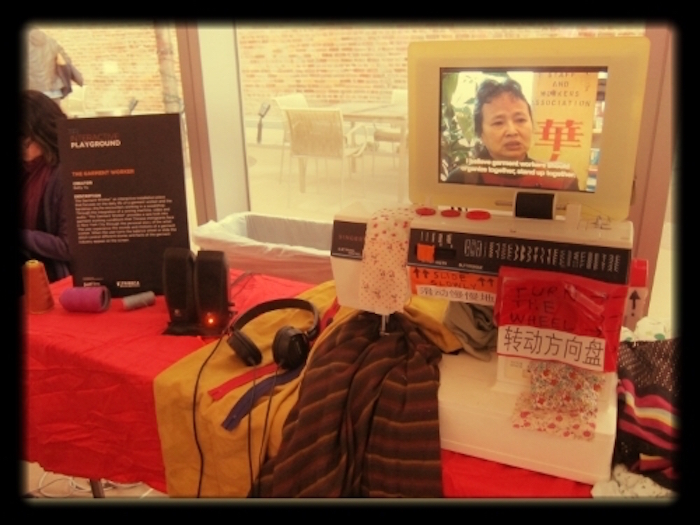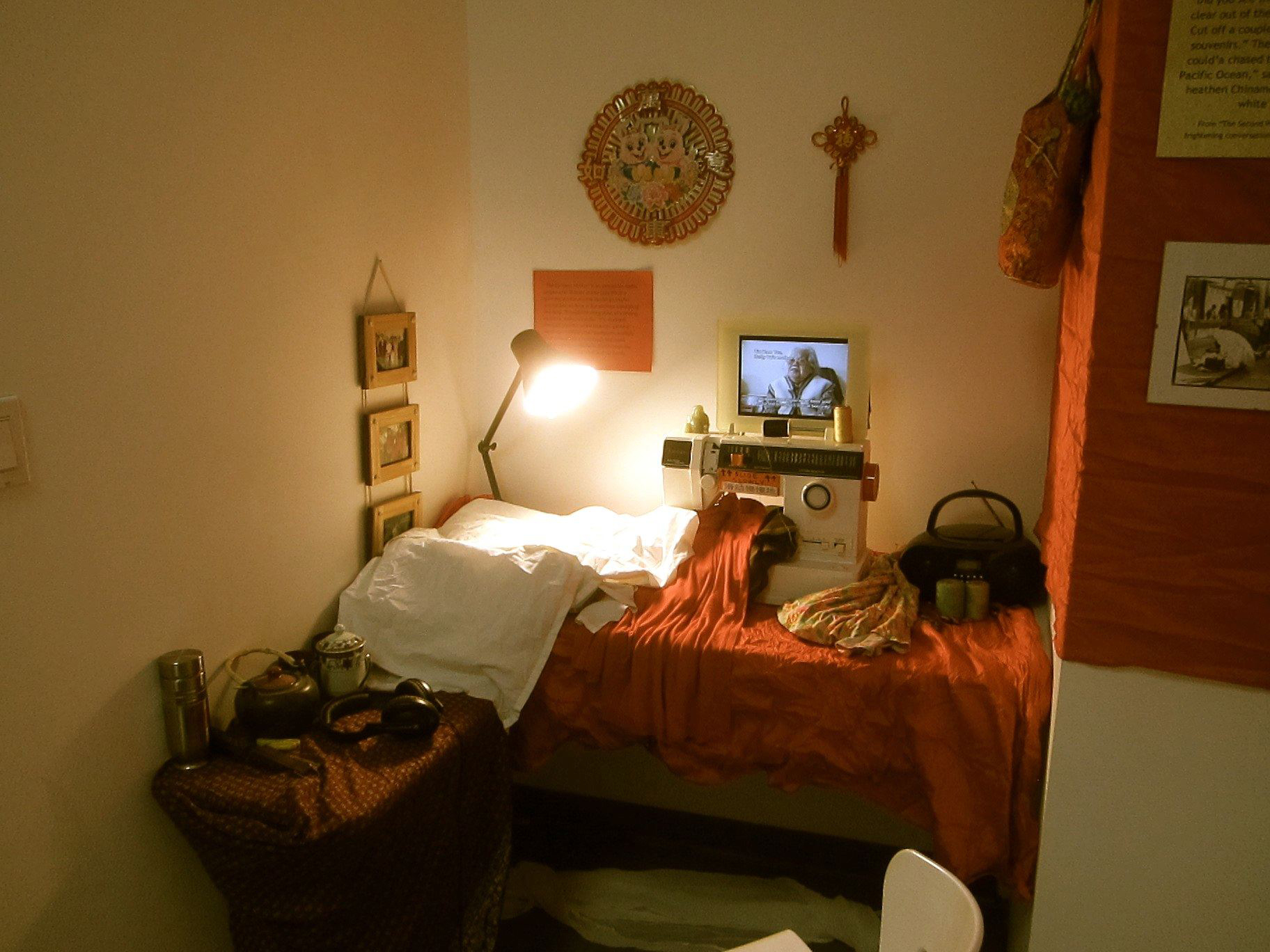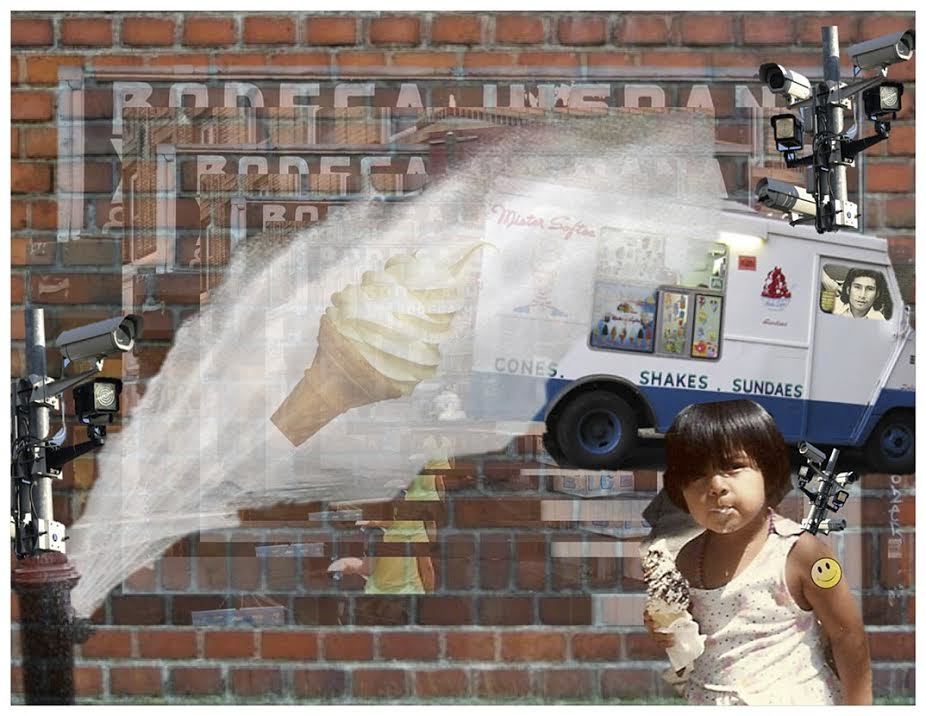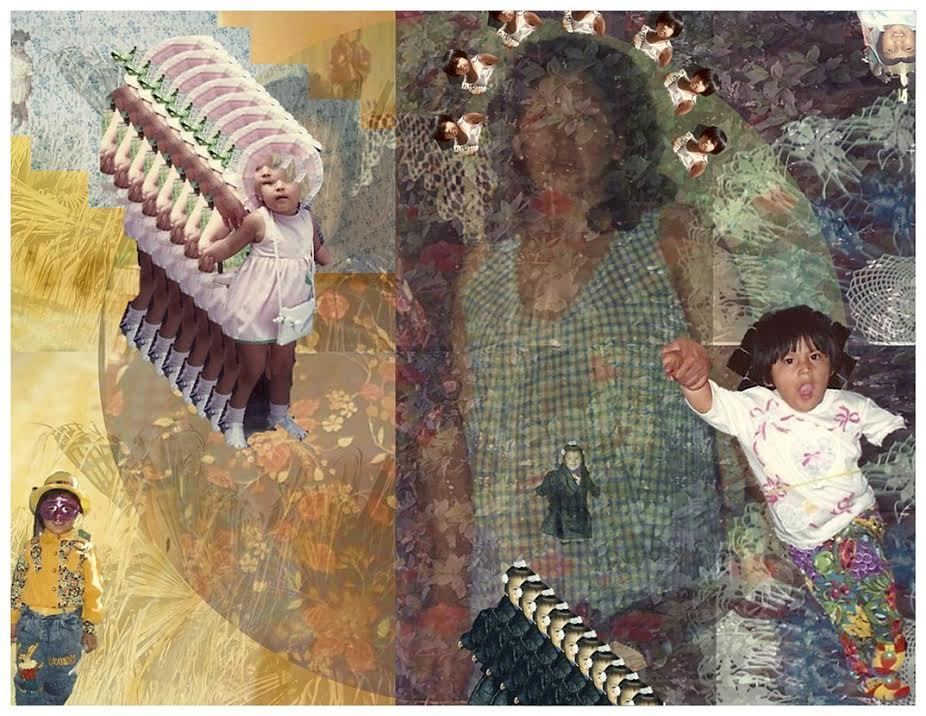“This neighborhood has changed” has become a clichéd “thing New Yorkers say” in 2016. The phrase echoes from Bushwick’s graffiti-covered walls to the gallery-lined streets of Chinatown. But when we check out exhibitions and street art in these “up-and-coming” neighborhoods, we often fail to recognize an important part of the problem — “art washing.” Coined by The Atlantic in 2014, the term refers to the superficial cultural narrative that new art spaces and non-native artists bring to gentrifying communities.
It might not seem obvious, but a newly commissioned mural of Biggie in Bed-Stuy can be just as much a signifier of gentrification as the LaCroix wall at Williamsburg’s new Whole Foods. Gentrification isn’t just the influx of fancy condominiums, it’s also the art a community chooses to show, and who creates it. New York City has always been a welcoming destination for young, struggling artists, but how those artists live in and interact with their new neighborhoods also needs to be questioned.
Artwashing is a symptom of the mass gentrification of many major cities in the US. In Los Angeles, anti-gentrification activists have been speaking out against the wave of new art galleries cropping up in the rapidly changing Boyle Heights neighborhood; Atlanta’s public art-heavy BeltLine project has redefined the city’s infrastructure, making it even less accessible to low-income families; and in London, the city’s abandoned buildings have been transformed into either art spaces or luxury high-rises instead of low-income housing, despite public outcry.

In New York City, this issue is often glossed over by both city officials and the city’s growing population — to the detriment of long-standing local communities. In Chinatown, local artist Elizabeth Moy mapped out the galleries in the six blocks surrounding Mott Street. The map shows 91 galleries located in the area, and 60% of them opened in the last three years. This kind of growth mirrors that of Chelsea, which changed from a strictly residential community into one of the city’s cultural centers after Dia:Chelsea opened in 1987. Today, as galleries are now being priced out of Chelsea, New York’s art world is migrating southeast.
Betty Yu, a local artist fighting to keep the “local” prefix, tells i-D, “People see Chinatown as cheap art space that is now in a hip, central neighborhood with cheap coffee. And they don’t give a damn if locals in the area never come in, because they’re looking for that sale. The two sales they get for $5,000 each are good enough for them for the month. That’s really problematic. The perception right now is that Chinatown doesn’t actually have its own real culture. People think it doesn’t have anything historical to preserve in culture or in art. There have been elected officials who are more or less saying that.”
“So how do we deal with these art galleries that are cropping up in the neighborhood?” asks Yu. “They need to become more community-oriented, no doubt. Unfortunately, way back when, the city council elected to preserve the East Village, but they gave up on Chinatown.” Several official organizations dedicated to preserving the East Village, Greenwich Village, and Lower East Side have received funding from the city council, such as Greenwich Village Society for Historic Preservation and Lower East Side Preservation Initiative. But efforts to preserve Chinatown have been left to grassroots initiatives.

Along with several other artists who grew up in Chinatown, Yu is working with local art collective Chinatown Art Brigade to make sure their voices are heard. “We have an art project where we’re working with working class Chinatown residents — mainly immigrants, who are getting pushed out [of their buildings and homes] at record high numbers — to create their own narrative and tell their own stories of not only resilience, but also resistance,” explains Yu. “We’ll be projecting [recordings of them telling their stories] onto walls and onto the buildings [in Chinatown] in the early fall as part of The Illuminator Project. We’re trying to reach out to tenants to help them not feel so alone. The projections will not only reach out to the people who need them the most, but to the gentrifiers too.”
This notion is echoed by Bushwick-born multidisciplinary artist Anthony Wash Rosado, who has dedicated his work to “freeing Bushwick.” To Rosado, this means bridging “native & non-native residents, so we may mobilize together against negative effects of gentrification.” “I intend on planting seeds for conversation, building bridges, and banding people together to dismantle & refute the negative effects of gentrification,” he continues. Rosado’s work reclaims the graffiti (often by non-native artists) that Bushwick is now known for, by inserting tags like “gentrification is white washing BK” and “Bushwick is not for sale” into public spaces.
In Queens, multidisciplinary artist Ro Garrido confronts the same problem. At age 27, Garrido looks out over a very different Jackson Heights than the one they first knew. When the artist was four years old, they migrated with their family from Lima, Peru to Queens, where they grew up working in their uncle’s video store and spending their spare money on candy and ice cream from the bodega down the street. Within the last few years, however, both their uncle’s shop and the bodega have shut down — just two casualties of Queens’ gentrification problem.

“I see a lot of stores opening up that aren’t run by working-class people of color, and these stores don’t even really feel like they’re welcoming or for that type of person at all,” Garrido tells i-D. “82nd Street, a major street in Jackson Heights, looks totally different. There’s, like, a Banana Republic and a Gap there now.”
Garrido plans to turn their concerns over these spaces into a public conversation with an installation titled A Living Room on Roosevelt. The live work will simulate Garrido’s living room: a comfy spot in which they will facilitate conversations about what a “safe” neighborhood really means. Garrido will encourage their neighbors and passersby to sit with them and create an open dialogue about what it means to cohabitate in a rapidly changing New York City.

“I think that in Queens and in many different places around the city, policing and police brutality is very tied to gentrification. There’s been increased policing in Jackson Heights that I’ve witnessed,” explains Garrido. “Especially within the context of what’s happening in our country, I think that people who move into new neighborhoods need to be thinking about what it means to be safe in our neighborhoods. People should think about when to call the cops and who to call the cops on, and ask who is made to feel safe by the police in a neighborhood.”
Both Yu and Garrido’s works will come to fruition soon. Yu’s in early fall, and you can view Garrido’s living room now on 82nd Street in Queens.
[bettyyu.net
](http://Within the last week, Drake has been out and about in New York City. This Sunday, the )rogarrido.com
Credits
Text Annie Armstrong
All images courtesy of Ro Garrido and Betty Yu
